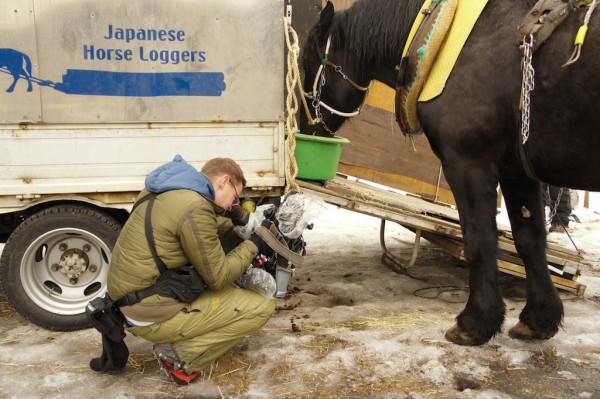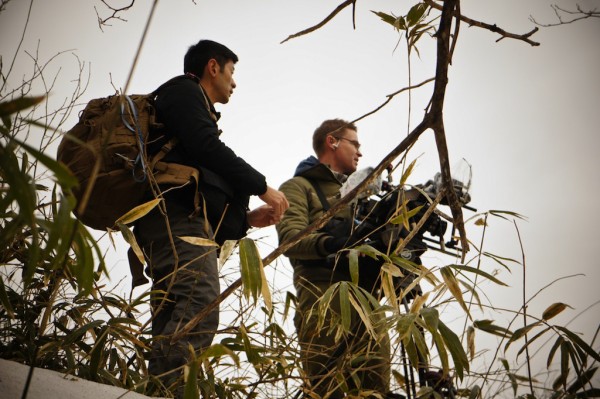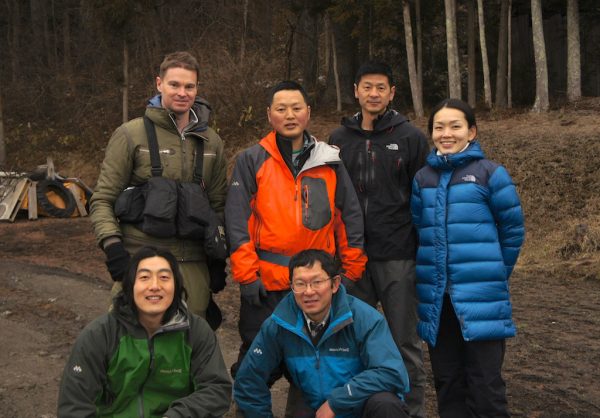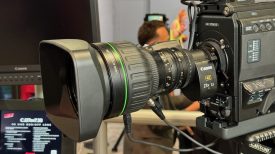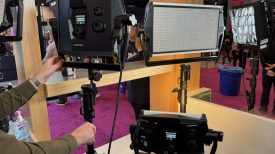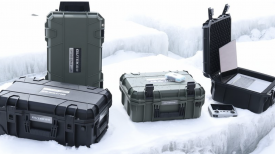By technical editor Matt Allard:
Taking The Reins from Matthew Allard on Vimeo.
I recently ignored the old showbusiness warning about never working with animals, by shooting a story in north-eastern Japan on the dying tradition of horse logging. There are only six horse loggers left in the country.
Horse logging is seen as an environmental alternative to the methods that are used today. By using horses instead of machines, loggers can selectively trim out trees to allow for new growth, which helps to improve the forest’s health and biodiversity.
While it is time-consuming and not cost-effective compared to modern methods, horse loggers believe strongly in their alternative solution.
We joined Takashi Iwama and his horse Samurai King in Tono, in Iwate prefecture, to observe the life of a horse logger.
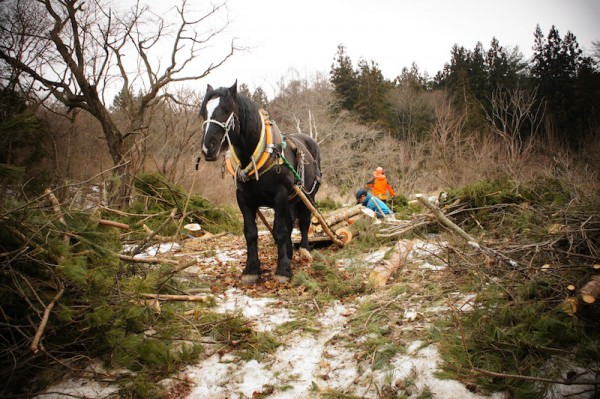
It was a very cold and overcast day which made shooting conditions very difficult. When the light is very flat you need to approach the way you capture images differently. You can’t rely on the light to give you depth and contrast. Flat light and snow are a difficult combination. What I try to do is to use textures and foreground. What I mean by this is that I try to compose shots that have either foreground or varying depths of colours in the background. I find this helps give some three-dimensionality; otherwise, your images will look completely flat and uninteresting.
The other thing I have learnt over the years is that when dealing with animals it is important to give them space. If the animal doesn’t know you it will not behave in its natural way if you have a camera up close to it. It is also very hard to set up shots and get an animal, in this case a horse, to do things more than once.
I shot the horse logging with these things in mind. I watched and observed the process and worked out where I should stand and where would be the best place along the trail to grab my shots. This allowed Takashi and Samurai King to do their normal routine without having to stop and start all the time. I also kept my distance and captured a lot of the shots using long lenses which I think helped capture the special bond between them. This was achieved using the Nikon 80-200mm f2.8 and 300mm f2.8.
I shot all the interviews using the Zeiss 35mm f1.4 wide open. I framed the interviews quite wide to try to give some depth to them.
All the audio was captured using a Lectrosonic radio mic. Not a single piece of top mic audio was used. I did this for two reasons. The first is that if you’re using long lenses the audio you’re capturing is from where you’re standing and not where the shot is composed. The second reason is that I want to capture sound as close to the subject as possible. Without a sound recordist the best way to achieve this it to put a radio mic on your subject. This way you’re not missing out on any interactions or dialogue that may be important.
I used the Sony F3 in S-log recording to a Sound Devices PIX240 in 4444 12bit Pro Res.
The correspondent was Steve Chao and the producer Aya Asakura.
About Matthew Allard, Aljazeera Team Leader Cameras, Kuala Lumpur:
Matt has been a Camera/Editor in TV news for more 22 years, previously working for both Channel 9 and Channel 10 in Australia. Twice Network Ten Australia’s cameraman of the year as well as being a Walkley Finalist for outstanding camerawork in 2006 (for coverage of the Cronulla Race Riots) and a Logie Finalist for outstanding news coverage 2006 (Bali 9). He has won 14 ACS (Australian Cinematographers Society) awards. His Sword Maker story that was shot on a 7D won the prestigious Neil Davis International News Golden Tripod at the 2011 ACS Awards. He has covered news events in more than 35 countries, from major sporting events to terrorist bombings. Based out of the Kuala Lumpur broadcast centre in Malaysia he is an avid user and follower of new technology, shooting stories on HD broadcast cameras, the Sony FS700 and F3 as well as Canon DSLRs.

